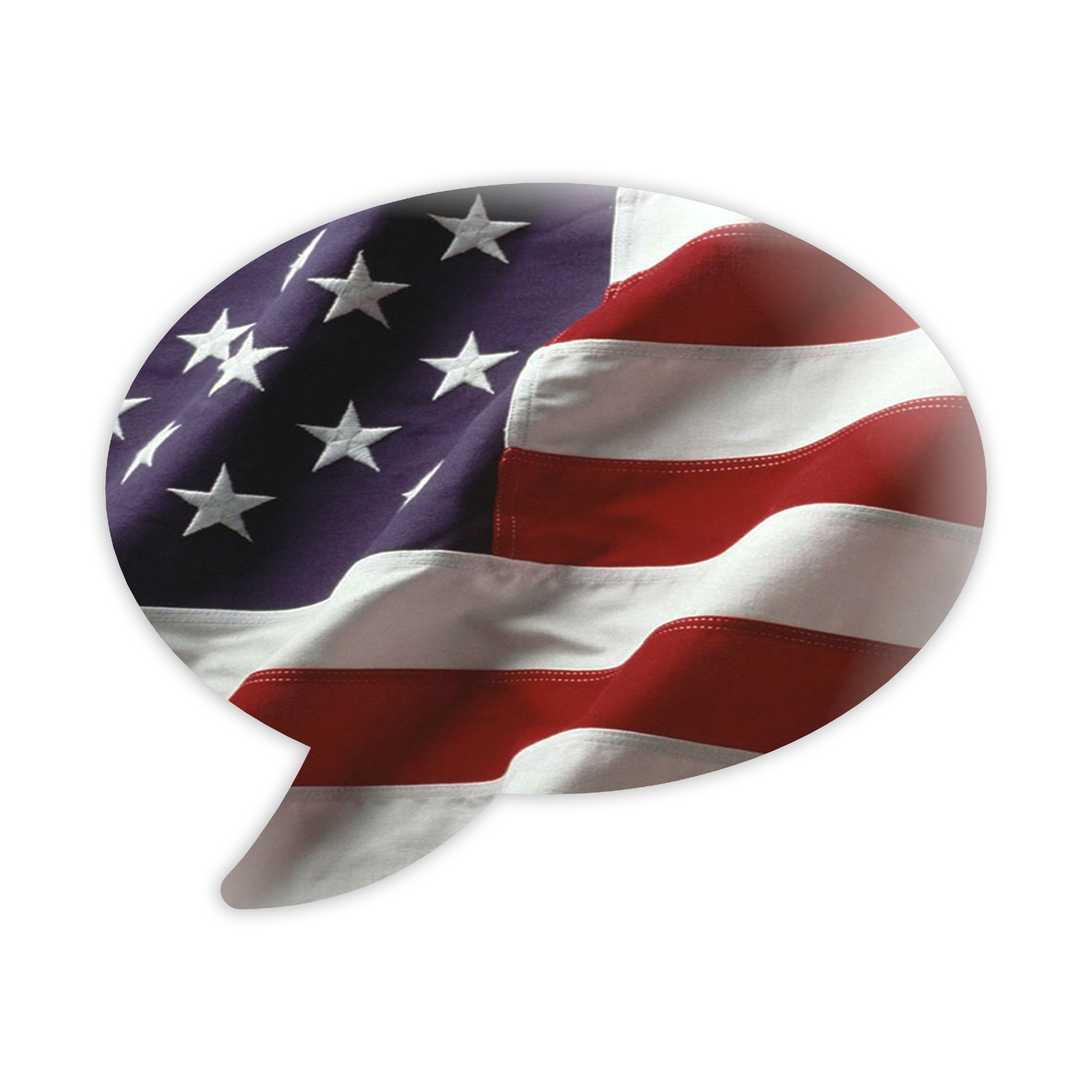The Presidential
2020 — Online, US
The top-four-placing high school candidates qualify, earn travel stipends, and gain free room & board to the 2021 Coolidge Cup—a national tournament with large scholarships put on by the Coolidge Foundation!
NOTE: Joe Biden and Donald Trump are not running in this election. You may reference the Trump presidency, but for all intents and purposes, the debate is about you and your opponents.
TOPICS
PRELIMS:
1. Climate Change
2. COVID-19 & Reopening
3. Technology Regulation
4. Police Reform
5. Drug Use
6. LGBT Civil Rights
OUTROUNDS:
Octofinals*: Immigration
Quarterfinals: Health Care
Semifinals: Foreign Policy
Finals: Education
The tournament will go from 12 – 6 p.m. CST on Saturday, September 26th. Preliminary rounds will end sooner, though all disqualified candidates will be encouraged to participate in the election process after the final round wherein all spectators will vote for whom they believe should be President.
Registration
Registration is completely free—though we recommend a $5 donation to Doctors without Borders—and is open to all high school and college students.
All candidates must register a judge (at least a high school graduate/age equivalent) for three rounds, though judges for candidates who break to elimination rounds will be required to potentially judge for as long as the candidate remains in the tournament.
Register here!
Information
Topic areas will be announced a week before the tournament begins.
All debaters will compete in six preliminary rounds, approximately 15 minutes each.
Rounds will follow a variation of the presidential debate format:
1. Question
The moderator asks an opening question relating to the topic area. The question may range from requesting a holistic opinion on how to secure America’s future to specific inquiries about a current event. All references will be of common knowledge, but candidates who keep up with news will excel.
2. Statements
Each candidate has two minutes to give a leading statement regarding their position on the subject. Their views do not have to conflict, but they must argue that as President, they would address the problem better than the opposing candidate.
3. Open Discussion
After the leading statements, candidates will share ten minutes to debate for the vote. The moderator may or may not interject with questions regarding the policies presented by each side. This portion is loosely structured and how candidates decide to allocate time is largely strategic.

